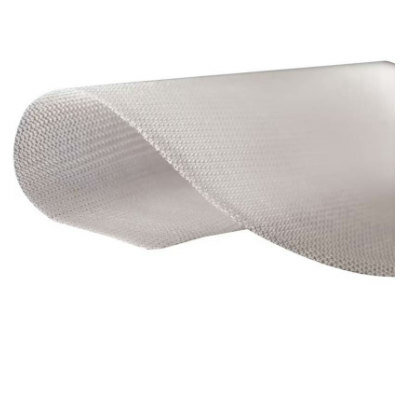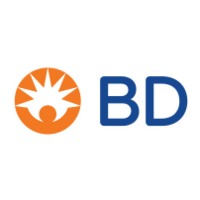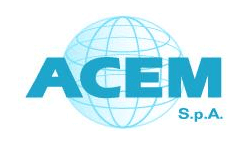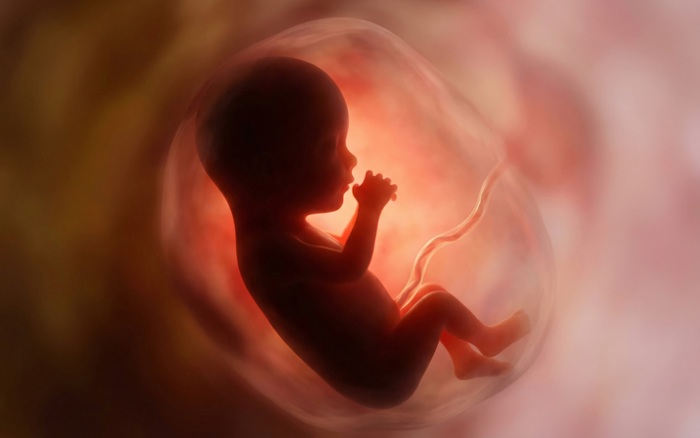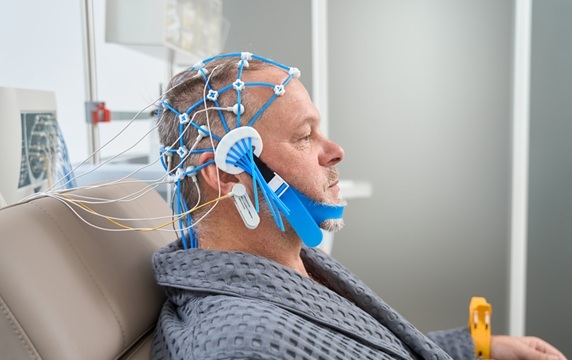Organic Electrochemical Sensor Detects Metabolites Directly
|
By HospiMedica International staff writers Posted on 04 Jul 2018 |
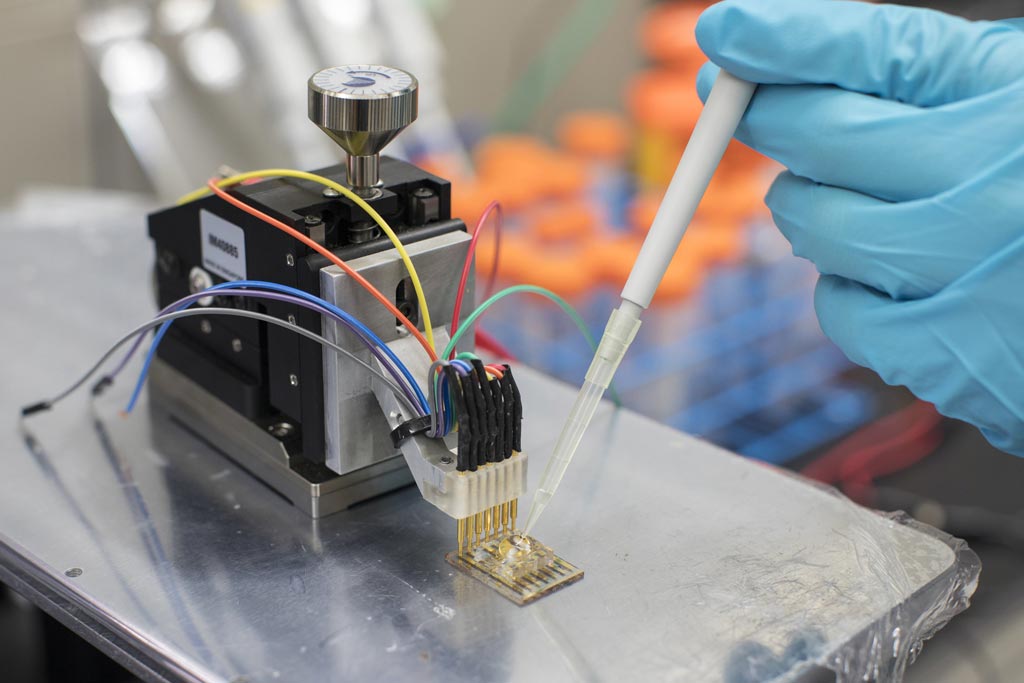
Image: A semiconducting plastic sensor can monitor metabolites directly (Photo courtesy of KAUST).
Low-cost sensors made from semiconducting plastic could be used to diagnose and monitor a wide range of health conditions, claims a new study.
Developed at King Abdullah University of Science and Technology (KAUST; Thuwal, Kingdom of Saudi Arabia), Centre Microélectronique de Provence (CMP; Gardanne, France), and other institutions, the novel sensor is based on the ion-to-electron transducing qualities of an electron-transporting (n-type) all-polymer organic semiconductor, which incorporates hydrophilic side chains to enhance ion transport/injection, as well as to facilitate enzyme conjugation.
The micrometer-scale platform absorbs ions produced during enzymatic reactions, causing it to swell when in contact with body liquids such as sweat, tears, or blood. The result is a selective, sensitive, and fast metabolite sensor. When the sensors are merged into more complex circuits, such as transistors, the signal can be amplified and respond to tiny fluctuations in metabolite concentration, leading to significantly higher sensitivity compared to traditional sensors made of metal electrodes, and without the need for a reference electrode.
Initial tests of the sensors were used to measure levels of lactate, a significant metabolite in cellular metabolic pathways associated with several critical health care conditions. According to the researchers, the sensor can also be easily modified to detect other major metabolites, such as glucose or cholesterol, by incorporating the appropriate enzymes into the platform, with the possible concentration range that the sensor can detect adjusted by changing device geometry. The study was published on June 22, 2018, in Science Advances.
“This is the first time that it's been possible to use an electron accepting polymer that can be tailored to improve communication with the enzymes. It opens up new directions in biosensing, where materials can be designed to interact with a specific metabolite, resulting in far more sensitive and selective sensors,” said lead author chemical engineer Anna Maria Pappa, PhD, of CMP. “An implantable device could allow us to monitor the metabolic activity of the brain in real time under stress conditions, such as during or immediately before a seizure, and could be used to predict seizures or to assess treatment.”
Since the sensor does not consist of metals such as gold or platinum, it can be manufactured at a lower cost and can be easily incorporated in flexible and stretchable substrates, enabling their implementation in wearable or implantable sensing applications.
Related Links:
King Abdullah University of Science and Technology
Centre Microélectronique de Provence
Developed at King Abdullah University of Science and Technology (KAUST; Thuwal, Kingdom of Saudi Arabia), Centre Microélectronique de Provence (CMP; Gardanne, France), and other institutions, the novel sensor is based on the ion-to-electron transducing qualities of an electron-transporting (n-type) all-polymer organic semiconductor, which incorporates hydrophilic side chains to enhance ion transport/injection, as well as to facilitate enzyme conjugation.
The micrometer-scale platform absorbs ions produced during enzymatic reactions, causing it to swell when in contact with body liquids such as sweat, tears, or blood. The result is a selective, sensitive, and fast metabolite sensor. When the sensors are merged into more complex circuits, such as transistors, the signal can be amplified and respond to tiny fluctuations in metabolite concentration, leading to significantly higher sensitivity compared to traditional sensors made of metal electrodes, and without the need for a reference electrode.
Initial tests of the sensors were used to measure levels of lactate, a significant metabolite in cellular metabolic pathways associated with several critical health care conditions. According to the researchers, the sensor can also be easily modified to detect other major metabolites, such as glucose or cholesterol, by incorporating the appropriate enzymes into the platform, with the possible concentration range that the sensor can detect adjusted by changing device geometry. The study was published on June 22, 2018, in Science Advances.
“This is the first time that it's been possible to use an electron accepting polymer that can be tailored to improve communication with the enzymes. It opens up new directions in biosensing, where materials can be designed to interact with a specific metabolite, resulting in far more sensitive and selective sensors,” said lead author chemical engineer Anna Maria Pappa, PhD, of CMP. “An implantable device could allow us to monitor the metabolic activity of the brain in real time under stress conditions, such as during or immediately before a seizure, and could be used to predict seizures or to assess treatment.”
Since the sensor does not consist of metals such as gold or platinum, it can be manufactured at a lower cost and can be easily incorporated in flexible and stretchable substrates, enabling their implementation in wearable or implantable sensing applications.
Related Links:
King Abdullah University of Science and Technology
Centre Microélectronique de Provence
Channels
Critical Care
view channel
Bioadhesive Strategy Prevents Fibrosis Around Device Implants on Peripheral Nerves
Peripheral nerves connect the brain and spinal cord to muscles, organs, and sensory systems, making them key targets for treating neurological and systemic diseases. However, implantable bioelectronic... Read more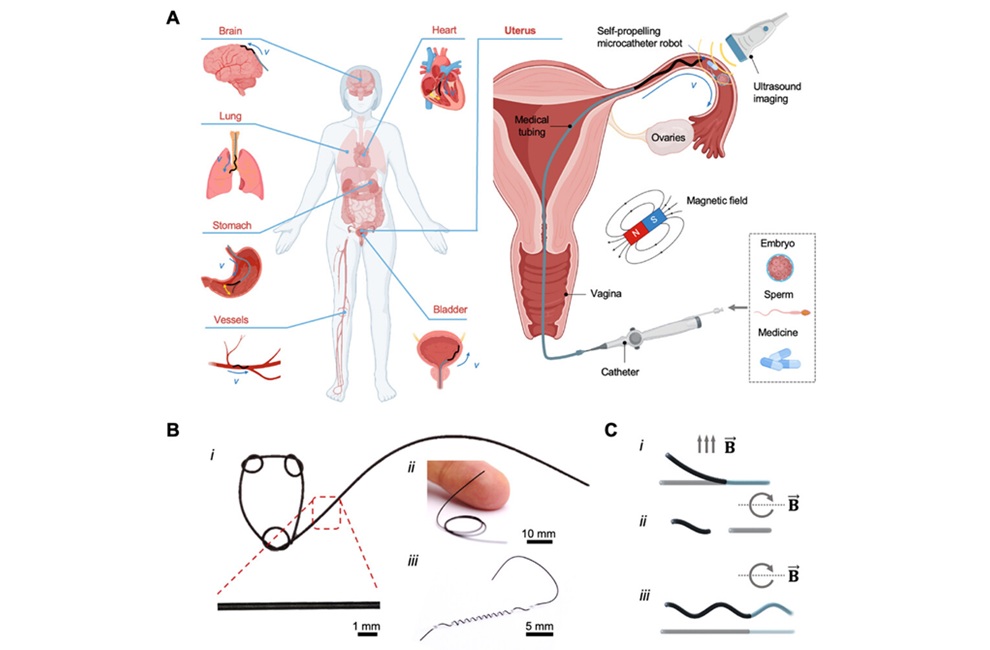
Miniature Non-Invasive Robotic Catheters to Improve Infertility Treatments
Minimally invasive procedures in reproductive and gynaecological medicine are often limited by the difficulty of navigating narrow, delicate anatomical pathways without damaging surrounding tissue.... Read moreSurgical Techniques
view channel
Catheter-Based Procedures Offer Less Invasive Option for Treatment of Valvular Disease
Valvular heart disease, caused by tight or leaky valves between heart chambers, affects up to 10% of older adults and leads to more than 120,000 deaths globally each year. Traditional open-heart surgery... Read moreLaparoscopic Surgery Improves Outcomes for Severe Newborn Liver Disease
Biliary atresia is a rare but life-threatening liver condition in newborns that blocks bile flow and leads to progressive liver damage if not treated early. Surgery is typically performed within the first... Read morePatient Care
view channel
Revolutionary Automatic IV-Line Flushing Device to Enhance Infusion Care
More than 80% of in-hospital patients receive intravenous (IV) therapy. Every dose of IV medicine delivered in a small volume (<250 mL) infusion bag should be followed by subsequent flushing to ensure... Read more
VR Training Tool Combats Contamination of Portable Medical Equipment
Healthcare-associated infections (HAIs) impact one in every 31 patients, cause nearly 100,000 deaths each year, and cost USD 28.4 billion in direct medical expenses. Notably, up to 75% of these infections... Read more
Portable Biosensor Platform to Reduce Hospital-Acquired Infections
Approximately 4 million patients in the European Union acquire healthcare-associated infections (HAIs) or nosocomial infections each year, with around 37,000 deaths directly resulting from these infections,... Read moreFirst-Of-Its-Kind Portable Germicidal Light Technology Disinfects High-Touch Clinical Surfaces in Seconds
Reducing healthcare-acquired infections (HAIs) remains a pressing issue within global healthcare systems. In the United States alone, 1.7 million patients contract HAIs annually, leading to approximately... Read moreBusiness
view channel
Philips and Masimo Partner to Advance Patient Monitoring Measurement Technologies
Royal Philips (Amsterdam, Netherlands) and Masimo (Irvine, California, USA) have renewed their multi-year strategic collaboration, combining Philips’ expertise in patient monitoring with Masimo’s noninvasive... Read more
B. Braun Acquires Digital Microsurgery Company True Digital Surgery
The high-end microsurgery market in neurosurgery, spine, and ENT is undergoing a significant transformation. Traditional analog microscopes are giving way to digital exoscopes, which provide improved visualization,... Read more
CMEF 2025 to Promote Holistic and High-Quality Development of Medical and Health Industry
The 92nd China International Medical Equipment Fair (CMEF 2025) Autumn Exhibition is scheduled to be held from September 26 to 29 at the China Import and Export Fair Complex (Canton Fair Complex) in Guangzhou.... Read more







